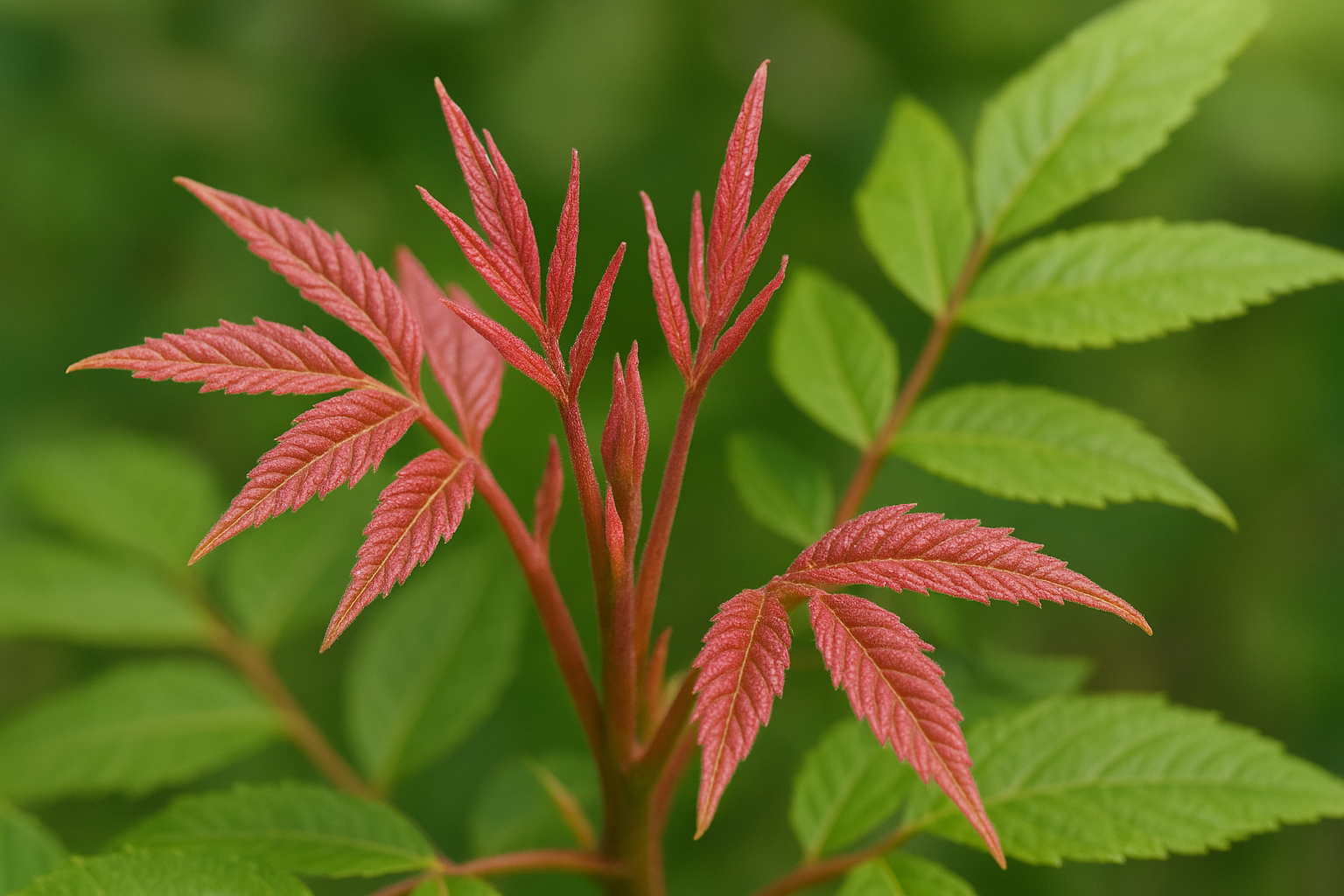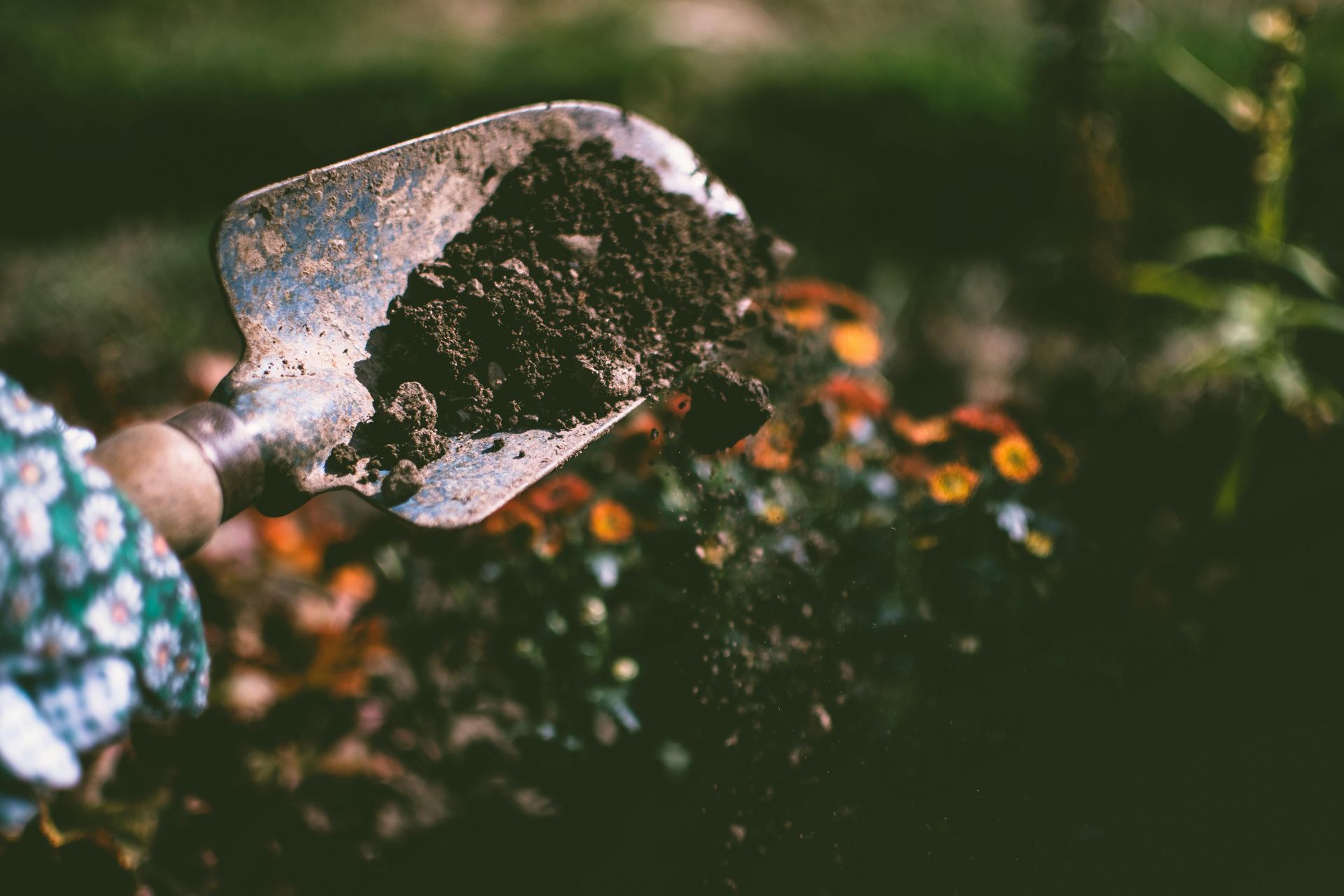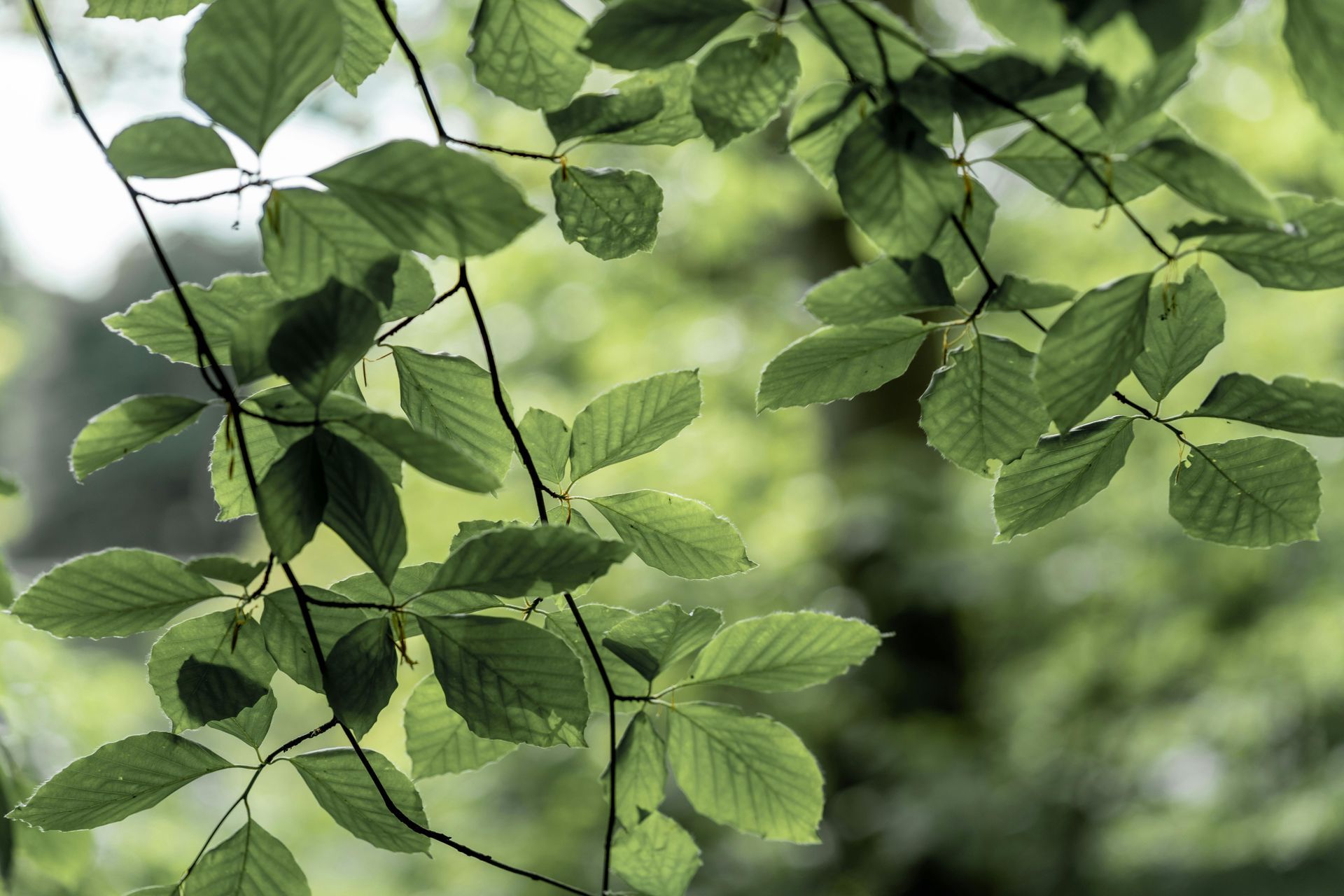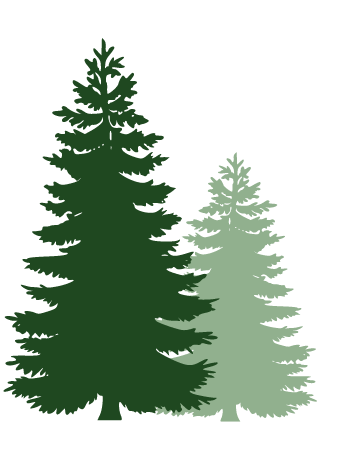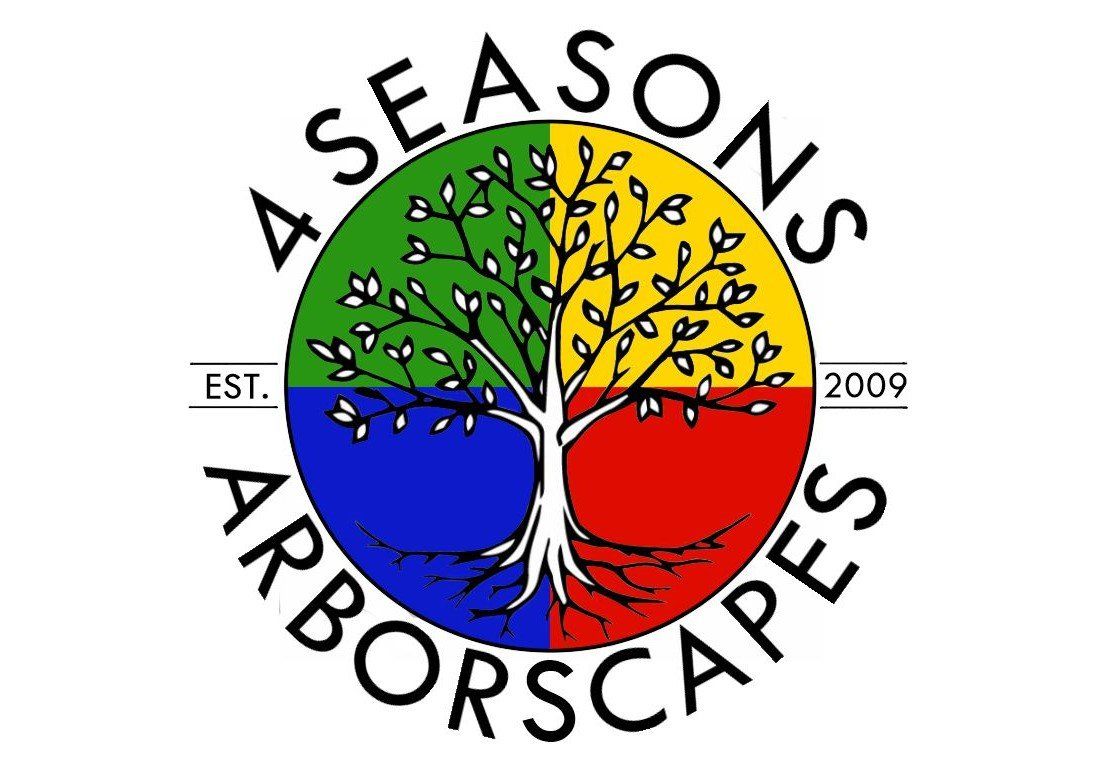The Osage Orange Tree
What Is an Osage Orange Tree?
If you’ve ever stumbled across a large, wrinkled green fruit that looks like a brain and drops with a heavy thud in late summer, you’ve likely encountered the Osage orange tree (Maclura pomifera). Despite the name, this tree isn’t related to citrus. It’s actually a hardy hardwood species native to Texas, Oklahoma, and Arkansas, now found across much of the United States.
The “Hedge Apple” Fruit
The Osage orange produces large, bumpy green fruit, commonly called hedge apples, in late summer to early fall. These grapefruit-sized hedge apples are not considered edible for humans, though some wildlife will eat the seeds inside. While the fruit itself isn’t toxic, it’s mostly used for ornamental or folk purposes:
- Natural insect repellent: Some people place the fruit in basements, garages, or closets in hopes of deterring insects, although scientific evidence on its effectiveness is mixed.
- Visual interest: Its unusual texture and size make it a frequent conversation starter in fall landscapes.
A Tree of Historic and Practical Value
Before the invention of barbed wire, ranchers used Osage orange trees to build living fences. When planted close together, the trees' dense, thorn-covered branches formed impenetrable hedgerows capable of containing livestock.
Even today, the wood of the Osage orange is prized for its:
- Exceptional density and rot resistance
- Bright yellow-orange heartwood that weathers to a rich brown
- Use in fence posts, archery bows, and woodturning projects
This durability makes it one of the most rot-resistant woods native to North America.
Why Homeowners and Landowners Choose Osage Orange
Osage orange trees are valued for their resilience and toughness. They're a great fit for:
- Windbreaks and shelterbelts
- Wildlife hedgerows and boundary plantings
- Properties with poor soil, strong winds, or drought-prone conditions
- Rustic or rural aesthetics where thorns and large fruit aren’t an issue
Key traits include:
- Drought tolerance
- Wind resistance
- Ability to thrive in low-nutrient or compacted soils
- Deeply ridged bark, twisted limbs, and sharp thorns—adding both function and texture to the landscape

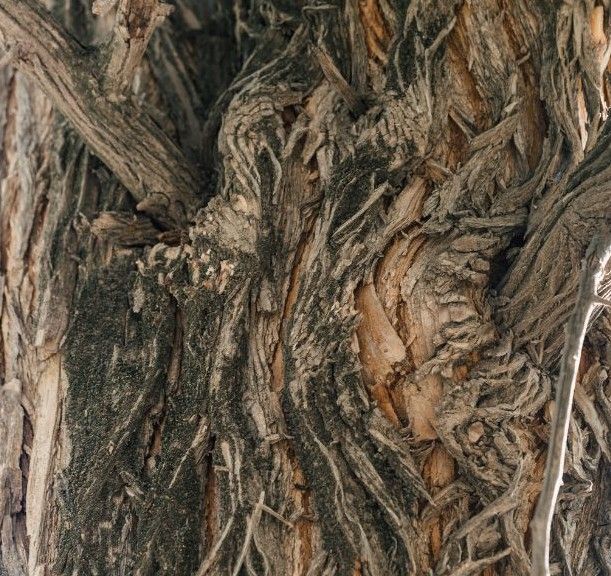
How to Care for an Osage Orange Tree
Osage orange trees are hardy, drought-tolerant, and low-maintenance once established. Whether you're planting a single tree or a dense hedgerow, here's how to care for them properly:
Planting
- Choose a location with full sun—at least 6 hours of direct sunlight daily. Osage oranges grow quickly and develop dense canopies when given adequate light.
- They are highly adaptable to various soil types, including clay, loam, or sandy soils, and tolerate both acidic and alkaline conditions. Good drainage is ideal, but these trees can survive in less-than-perfect conditions.
- Plant individual trees 20–30 feet apart. If you are opting for living fences or windbreaks, 3–5 feet apart in staggered rows should work nicely.
Tip: They transplant well as bare-root or container-grown trees, especially when dormant.
Watering
- Water young trees deeply once a week during the first growing season to help establish strong roots. Increase frequency during extreme heat or drought.
- Established Trees require minimal supplemental watering. They are extremely drought-tolerant once rooted in.
- Avoid shallow, frequent watering, which can lead to weak surface roots.
Pruning
- Prune in late winter to early spring, while the tree is dormant. This makes it easier to see the structure and reduces sap loss.
- Remove dead, damaged, or crossing branches, and shape the tree if desired. Hedgerows may need periodic trimming to maintain density.
- Branches often have sharp thorns. Always wear thick gloves, long sleeves, and safety glasses when pruning.
- For hedgerows, pruning can help control height and width and encourage denser branching.
Mulching
- Apply 2–4 inches of mulch around the tree’s base, keeping it several inches away from the trunk to prevent rot and girdling roots.
- Use wood chips, bark mulch, or composted leaves—organic mulch breaks down over time and improves soil structure.
- Applying mulch conserves soil moisture, regulates soil temperature, suppresses weed competition, and protects surface roots from damage
Pests & Disease Resistance
Osage orange trees are exceptionally resistant to most pests and diseases, making them a reliable choice for tough environments. You likely won’t need to use any pesticides or fungicides.
Common issues are rare but may include:
- Occasional leaf spot in humid conditions
- Suckering from the roots in hedgerows if not maintained
- Insect visitors to fallen fruit, though they rarely damage the tree itself
Things to Consider Before Planting
While impressive, Osage orange trees aren’t ideal for every yard:
- Sharp thorns are common on young branches and can pose a hazard to pets or children. Some thornless cultivars exist but may be harder to find.
- Female trees produce large, heavy, grapefruit-sized fruits (often called "hedge apples") that fall in late summer and can create cleanup issues or trip hazards.
References:
How to Grow Osage Oranges - HogoNext
What Does A Hedge Apple Tree Look Like
Osage orange, Maclura pomifera, plant fact sheet
Images: Canva

Check out the latest:





